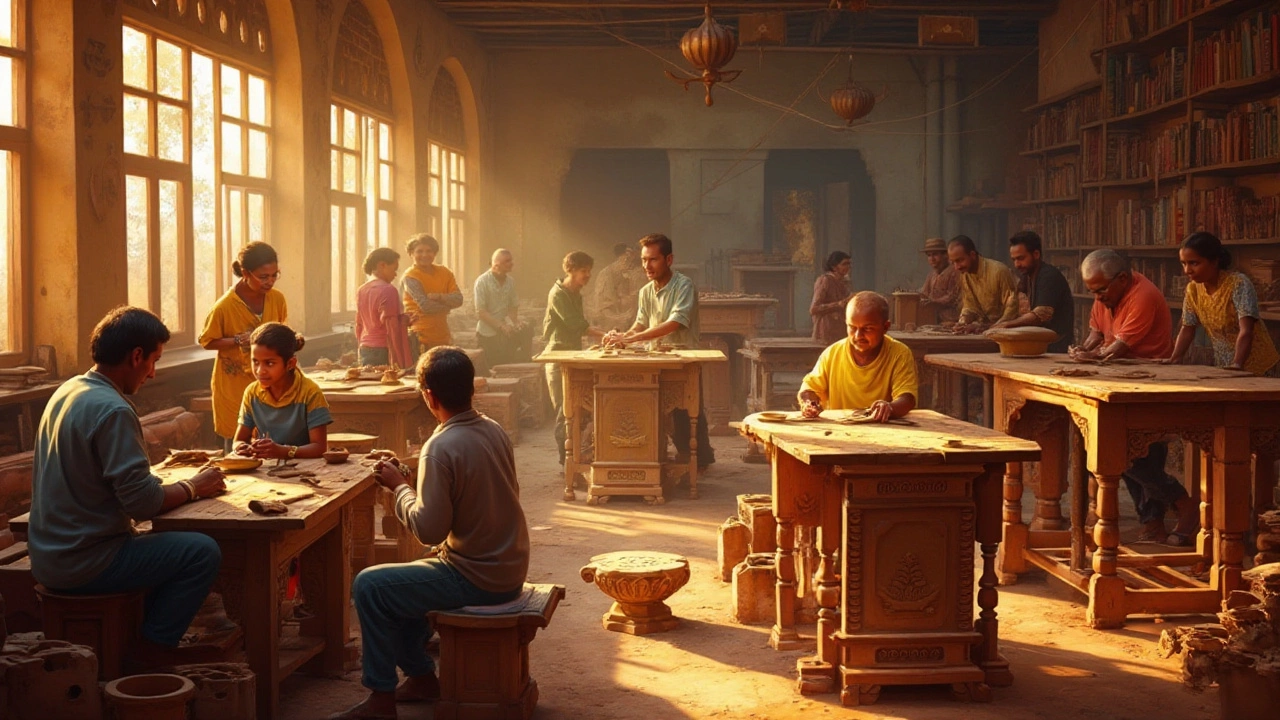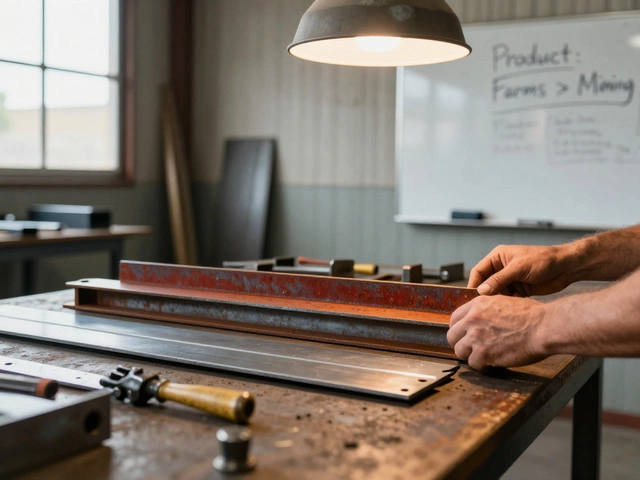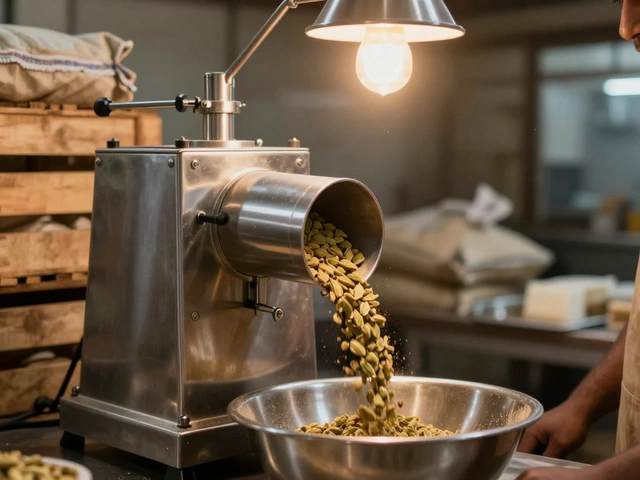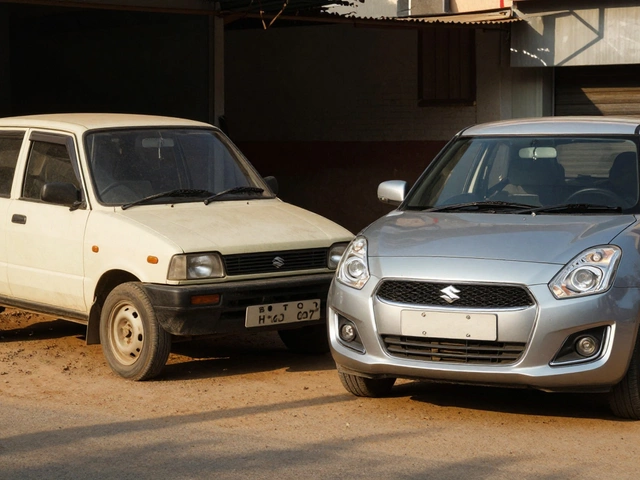Largest Producer Insights: Who’s Leading the Market in 2025?
When you hear the phrase “largest producer,” you probably think of massive factories, booming pharma clusters, or the biggest textile mills. But the truth is, every industry has its own king‑pin, and the landscape changes fast. In this guide we’ll break down the top producers you should keep an eye on, why they matter, and how they shape the future of Indian manufacturing.
Why Size Matters in Manufacturing
Scale isn’t just about bragging rights. Bigger production capacity means lower unit costs, stronger supply chain clout, and more room for R&D investment. That’s why investors, suppliers, and even job seekers watch the “largest producer” label like a weather forecast—it tells you where the next wave of growth is headed.
Hotspot Industries and Their Leading Producers
Pharma hubs – Baddi, Hyderabad and Gujarat are battling for the crown. Baddi tops the list in sheer manufacturing capacity, while Hyderabad leads in APIs, vaccines and cutting‑edge research. Gujarat, on the other hand, dominates exports, making it a critical gateway for Indian pharma on the global stage.
Synthetic textiles – India’s biggest synthetic textile manufacturer is a household name in the industry, driving both domestic fashion and export markets. Their focus on sustainability and tech‑driven processes sets a benchmark for the rest of the sector.
Furniture manufacturing – 2025 is shaping up to be a boom year for Indian furniture makers. With rising urbanisation and demand for smart, sustainable designs, a handful of firms are scaling up production lines faster than ever.
Food processing units – From grains to ready‑to‑eat meals, the largest food processing plants are integrating IoT sensors and AI quality checks. This not only boosts output but also keeps food safety standards high.
Electronics – While Europe still offers cheaper options for some brands, India’s electronics producers are closing the gap thanks to government incentives and a growing skilled workforce.
All these examples share a common thread: they invest heavily in the 5 M’s of manufacturing—Man, Machine, Material, Method, and Measurement. Mastering these factors lets them crank out more units without sacrificing quality.
So, what can you take away? If you’re planning a new venture, look for gaps where the biggest producers haven’t fully covered the market. Maybe it’s a niche product in the pharma space, a sustainable textile line, or a boutique furniture brand that blends tech with tradition. Aligning your strategy with the strengths and weaknesses of today’s largest producers gives you a head start.
Keep an eye on policy shifts, too. Initiatives like Make in India, tax breaks for green manufacturing, and streamlined licensing are the silent engines that keep these giants moving. When the government eases a red‑tape hurdle, the biggest producers often swing into overdrive, creating ripple effects across the supply chain.
In short, understanding who the largest producers are—and why they hold that spot—helps you spot opportunities, avoid pitfalls, and stay ahead of the curve in any manufacturing arena.
The World's Leading Furniture Producer: Spotlight on India
Explore the journey of India as it become the largest producer of furniture worldwide. This article delves into the factors that have contributed to India's rise, from its rich resources to skilled labor. Discover the unique strategies employed by Indian manufacturers, ranging from traditional craftsmanship to sustainable practices. Understand the challenges faced by the industry and how it plans to maintain its leading position in the global market.
Read More




